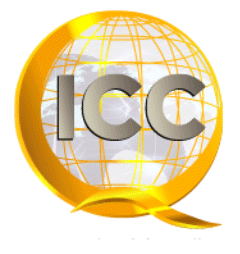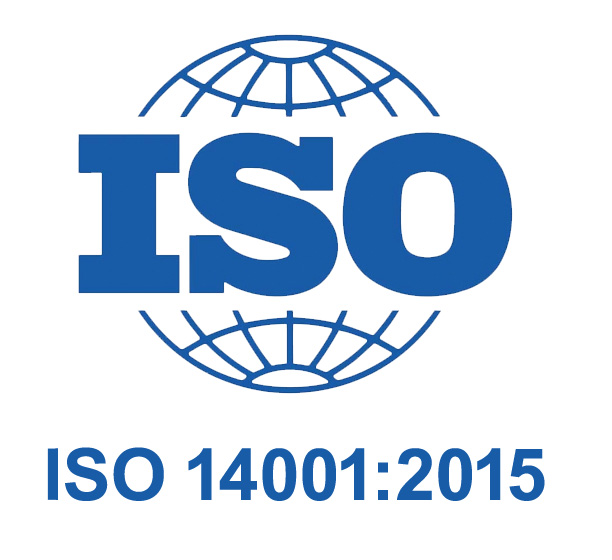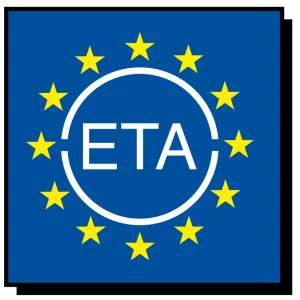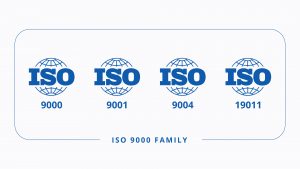
ISO 14001 has become the international standard for designing and implementing an environmental management system. The standard is published by ISO (the International Organization for Standardization), an international body that creates and distributes standards that are accepted worldwide. The most recent version of the environmental management system requirements was published in 2015, and is referred to as “ISO 14001:2015.” The standard was agreed upon by a majority of member countries before being released and updated, and as such it has become an internationally recognized standard accepted by a majority of countries around the world. Along with the good public image, many companies can save money through the implementation of an environmental management system. This can be achieved through reducing incidents that can result in liability costs, being able to obtain insurance at a more reasonable cost, and conserving input materials and energy through reduction efforts. This improvement in cost control is a benefit that cannot be overlooked when making the decision to implement an environmental management system.
The ISO 14001 structure is split into ten sections. The first three are introductory, with the last seven containing the requirements for the environmental management system. Here is what the seven main sections are about:
Section 4: Context of the organization – This section talks about requirements for understanding your organization in order to implement an EMS. It includes the requirements for identifying internal and external issues, identifying interested parties and their expectations, defining the scope of the EMS and identifying the processes required for the EMS.
Section 5: Leadership – The leadership requirements cover the need for top management to be instrumental in the implementation of the EMS. Top management needs to demonstrate commitment to the EMS by ensuring environmental commitment, defining and communicating the environmental policy and assigning roles and responsibilities throughout the organization.
Section 6: Planning – Top management must also plan for the ongoing function of the EMS. Risks and opportunities of the EMS in the organization need to be assessed, and environmental objectives for improvement need to be identified and plans made to accomplish these objectives. Additionally, it is necessary for the organization to assess all the ways in which the organizational processes interact and affect the environment as well as the legal and other commitments that are required fo the organization.
Section 7: Support – The support section deals with management of all resources for the EMS, and also includes requirements around competence, awareness, communication and controlling documented information (the documents and records required for your processes).
Section 8: Operation – The operation requirements deal with all aspects of the environmental controls needed by the organizational processes, as well as the need to identify potential emergency situations and plan responses so that you are prepared to respond should an emergency occur.
Section 9: Performance evaluation – This section includes the requirements needed to make sure that you can monitor whether your EMS is functioning well. It includes monitoring and measuring your processes, assessing environmental compliance, internal audits, and ongoing management review of the EMS.
Section 10: Improvement – This last section includes the requirements needed to make your EMS better over time. This includes the need to assess process nonconformity and taking corrective actions for processes.
These sections are based on a Plan-Do-Check-Act cycle, which uses these elements to implement change within the processes of the organization in order to drive and maintain improvements within the processes.
ISO 14001 certification for your company involves implementing an EMS based on the ISO 14001 requirements, and then hiring a recognized certification body to audit and approve your EMS as meeting the requirements of the ISO 14001 standard.
Starting with management support and identifying the legal requirements for the EMS, you will need to start with defining your environmental policy, environmental aspects, and environmental objectives and targets, which together define the overall scope and implementation of the environmental management system. Along with these, you will need to create the mandatory and additional processes and procedures necessary for your organization’s operations.




